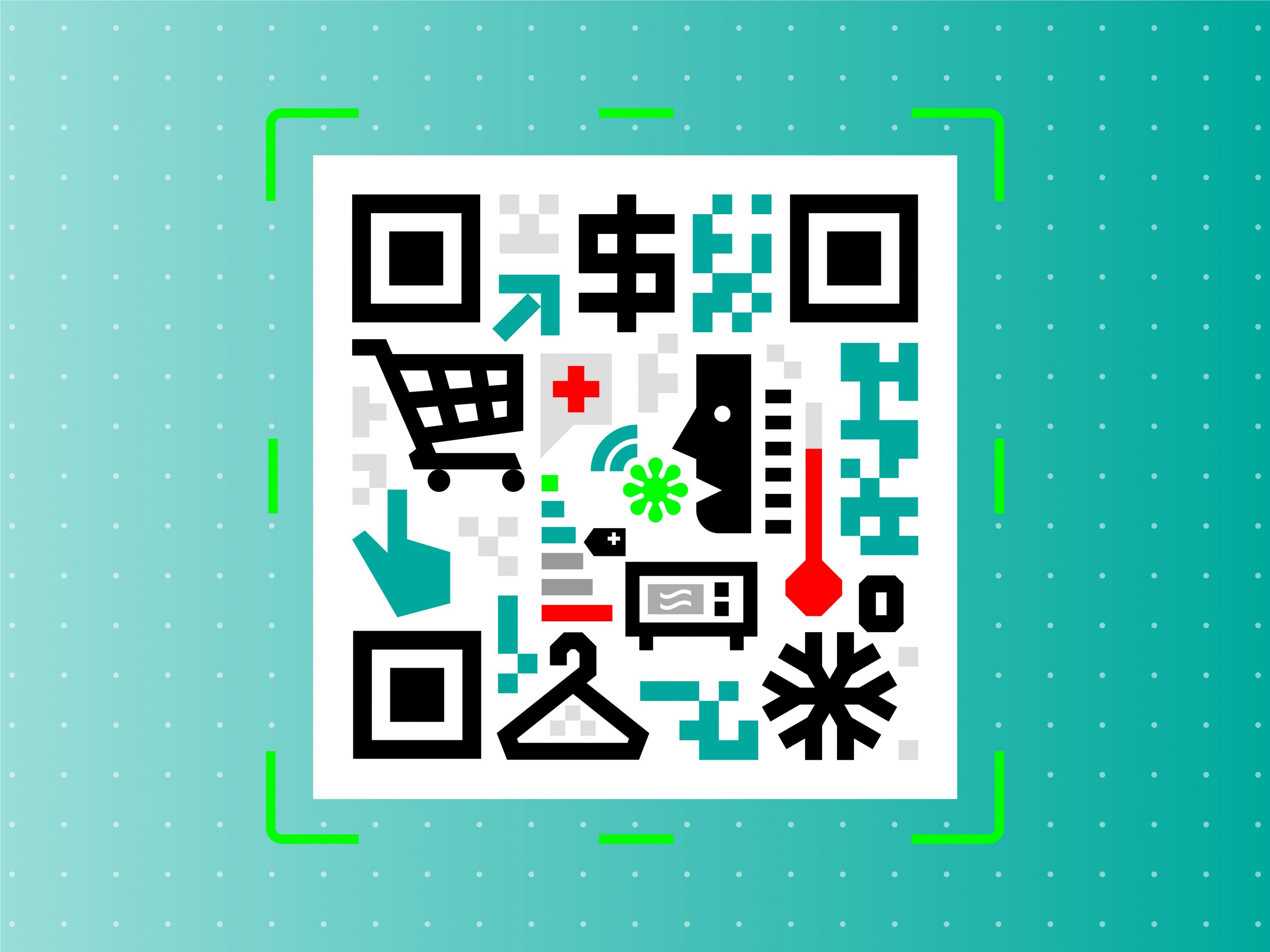Quick Response (QR) codes, once a novelty, have evolved into essential tools that seamlessly bridge the physical and digital worlds. As technology continues to advance, QR codes are undergoing a transformation, opening the door to new possibilities and applications. This article explores the emerging trends and innovations that signal the exciting future of QR codes.
- Dynamic QR Codes for Enhanced Interactivity:
Traditionally, QR codes have been static, providing a fixed link to information. However, the future sees the rise of dynamic QR codes that offer enhanced interactivity. Dynamic QR codes allow for real-time updates, enabling businesses to change the linked content without altering the physical code. This flexibility is invaluable for marketing campaigns, event promotions, and product information, providing a dynamic and adaptive user experience.
- Augmented Reality (AR) Integration:
The convergence of QR codes and augmented reality is an exciting development. By incorporating AR elements into QR codes, users can enjoy immersive and interactive experiences. For example, scanning a QR code on a product might trigger a 3D model or an AR demonstration, offering consumers a more engaging and informative encounter with the physical world.
- Secure Transactions with Blockchain:
As security concerns become increasingly prevalent, QR codes are embracing blockchain technology to ensure secure and transparent transactions. Blockchain integration can enhance the authenticity of QR codes, providing a tamper-proof record of each interaction. This innovation is particularly crucial in fields such as finance, healthcare, and supply chain management, where data integrity is paramount.
- Contactless Payments and Digital Wallets:
The adoption of contactless payments has surged in recent years, and QR codes are at the forefront of this revolution. With the rise of digital wallets, QR codes facilitate seamless and secure transactions. Users can make payments by scanning a QR code displayed on a merchant’s device, eliminating the need for physical cards and enhancing the speed and convenience of financial transactions.
- IoT Integration for Smart Environments:
The Internet of Things (IoT) is reshaping the way we interact with the world, and QR codes are playing a pivotal role in connecting physical objects to the digital realm. QR codes can be integrated into IoT devices, enabling users to quickly access information, configure settings, or interact with smart appliances by simply scanning a code. This integration enhances the user experience in smart homes, offices, and public spaces.
- Health and Safety Applications:
In response to global health concerns, QR codes have found new applications in health and safety protocols. From contact tracing in public spaces to accessing vaccination records and health information, QR codes provide a convenient and efficient means of managing public health initiatives. This trend is likely to persist as societies prioritize safety measures in various aspects of daily life.
Conclusion:
The future of QR codes is marked by innovation and adaptability. From dynamic QR codes and augmented reality experiences to blockchain-enhanced security and IoT integration, QR codes are set to play an even more prominent role in shaping the way we interact with the world. As technology continues to advance, the versatility and convenience offered by QR codes will likely lead to their continued integration into diverse industries, ensuring that these pixelated squares remain a staple in our increasingly digital lives.

